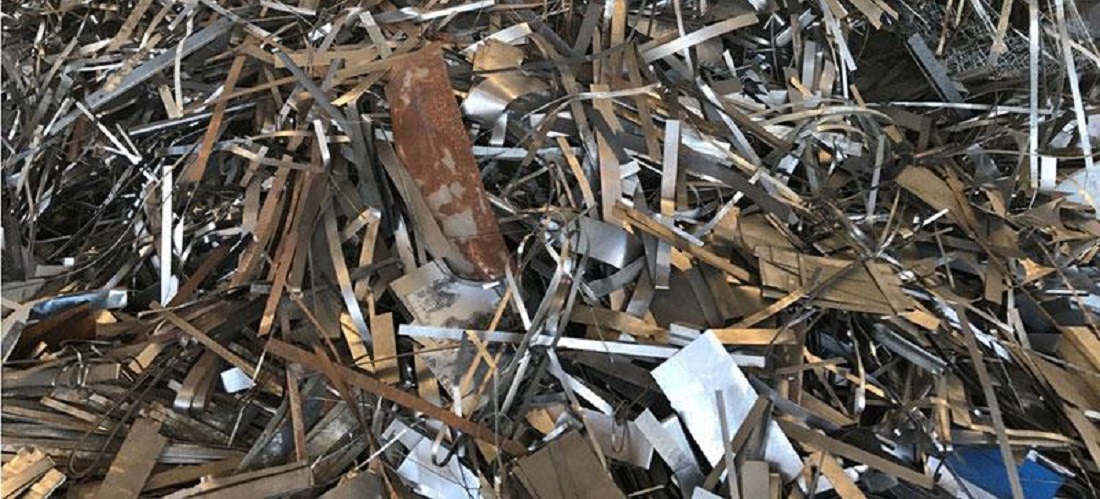
Brazil’s scrap exports see grouth in March despite unattractive prices
Apr, 24, 2023 Posted by Gabriel MalheirosWeek 202319
Brazil’s ferrous scrap exports, a raw material used in steel production, rose by 42% to 71,399 tonnes in March compared to the same month last year and 20% higher than February’s 59,368 tonnes. There has been increasing interest among scrap processing and trading companies to export the material amid low domestic demand.
According to data from Brazil’s Ministry of Economy, Secex, in the first quarter of 2023, exports rose by 40% to 168,659 tonnes compared to January to March 2022. However, domestic demand for ferrous scrap has been weak due to economic uncertainties, such as the suspension of vehicle assembly lines, difficulties in the construction industry, and the potential decline in steel consumption.
See below the top shipment destinations of ferrous scrap exports from Brazil in the first two months of 2023.
Source: DataLiner (click here to request a demo)
Clineu Alvarenga, president of the National Recycling Institute (Inesfa), which represents more than 5,600 recyclers, said that foreign markets are always an option when domestic demand is low. However, foreign sales are currently hampered by unattractive prices.
According to a weekly survey by S&P Global Platts, a US agency that provides benchmark prices, export values have dropped by approximately R$ 50 per tonne. For example, the sale price for HMS 1/2 scrap, a highly consumed type, was $291 per tonne FOB, while that of shredded scrap was $330 per tonne FOB in the first week of April.
Moreover, the exchange rate, which fell from R$ 5.29/US$ 1 on March 23 to R$ 5.07/US$ 1 on April 3, reduced the financial margin for exports, according to S&P Global Platts. Another problem in the domestic market, according to the Inesfa president, is the fear that a new purchasing method for ferrous scrap by some steel mills based on artificial prices for low-quality materials with high impurities may benefit companies without environmental licenses and that evade taxes to the detriment of those that comply with their obligations.
Meanwhile, according to a survey by consulting firm CRU Group requested by the International Aluminum Institute (IAI), primary aluminum demand will rise by 40% by 2030. The study shows that the four primary consumers of this metal, which account for 75% of the total, are growing companies in the transportation, packaging, construction, and electrical sectors. As a result, the scenario suggests higher demand for imported aluminum.
The Brazilian aluminum market is also expanding. In 2021, domestic aluminum consumption set a record, reaching 1.583 million tonnes. According to the ComexVis app of the Ministry of Economy, Canada, Ireland, Greece, the United States, and China were the top destinations for aluminum ore exports in 2022.
Source: Monitor Mercantil
To read the original report, please check: https://monitormercantil.com.br/exportacao-de-sucata-cresceu-em-marco-mas-preco-e-pouco-atrativo/
-
Fish
Sep, 12, 2024
0
Japan promotes its seafood in Brazil to develop exports
-
Ports and Terminals
Sep, 20, 2023
0
Asia Shipping reports 18% increase in maritime imports in first half of 2023
-
Ports and Terminals
Aug, 26, 2019
0
Paraná is the main gateway to fertilizers in Brazil
-
Economy
Oct, 02, 2022
0
Sea Freight Free Fall: Time to Focus on Global Economy without Neglecting Brazil’s Election 2nd Round

